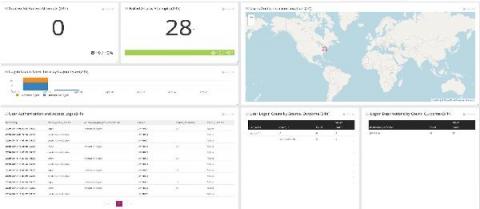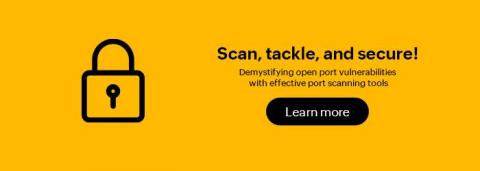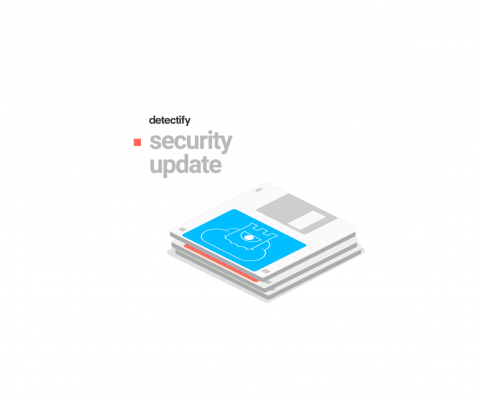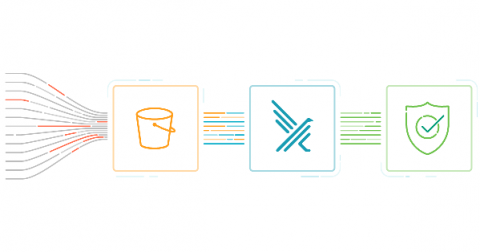Analytics-Based Investigation and Automated Response with AWS + Splunk Security Solutions
Organizations are migrating an increasing amount of their infrastructure into the cloud. The cloud provides organizations with a number of benefits like greater scalability, improved reliability and faster time to value. However, these potential benefits can be offset if security is an afterthought.











